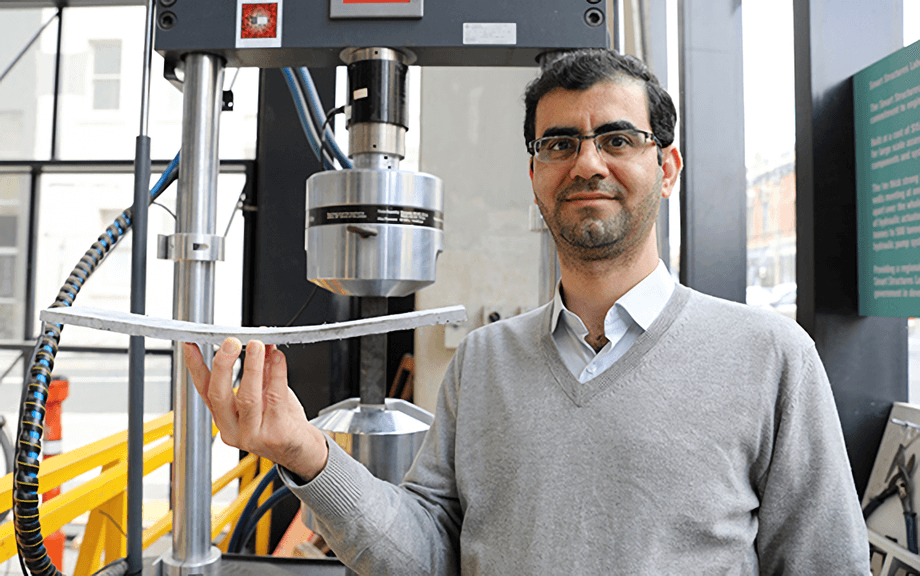What just happened? Scientists from Swinburne University of Technology in Melbourne, Australia, have developed a new type of concrete from waste materials that can bend under load, potentially making it an ideal construction material in earthquake-prone regions.
The potential wonder material incorporates waste products like fly ash, a by-product of burning coal. It's also said to require 36 percent less energy to create and emits up to 76 percent less carbon dioxide compared to conventional bendable concrete made of cement.
Furthermore, the use of short polymeric fibers in the concrete allows it to sustain multiple hair-sized cracks when put under immense pressure. Swinburne researcher Dr. Behzad Nematollahi said lab tests have shown that this novel concrete is about 400 times more bendable than normal concrete while exhibiting similar strength.
Studying - and potentially improving - concrete could pay serious dividends. According to Dr. Nematollahi, concrete is the second most used material by humans after water. This isn't the first effort to create bendable concrete although other tries have been cost-prohibitive.
Scientists say that builds made from the material will be much more likely to withstand damage doled out by natural disasters such as earthquakes, hurricanes and projectiles they might toss around.
Research on the new type of concrete was published in the journal Construction and Building Materials.
